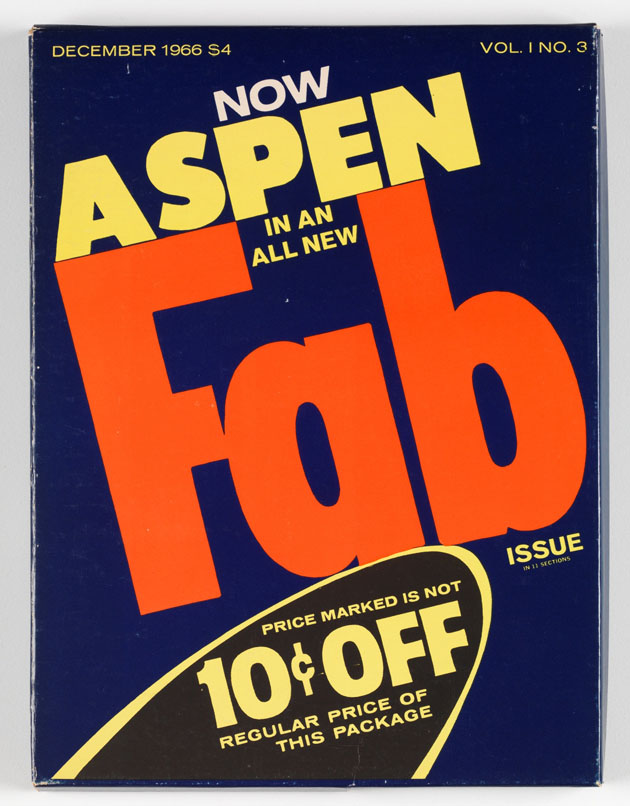Aspen Magazine: 1965-1971
For all the lovers of contemporary ‘independent’ magazines, a look in the past and the magazine production of the 60s and 70s should be obligatory. The richness of cultural production of the period, as seen through the lens of print ephemera, has a lot to offer. One of the most significant, yet slightly overlooked, magazines produced during that decade is Aspen, a multimedia magazine published by Phyllis Johnson from 1965 until 1971.
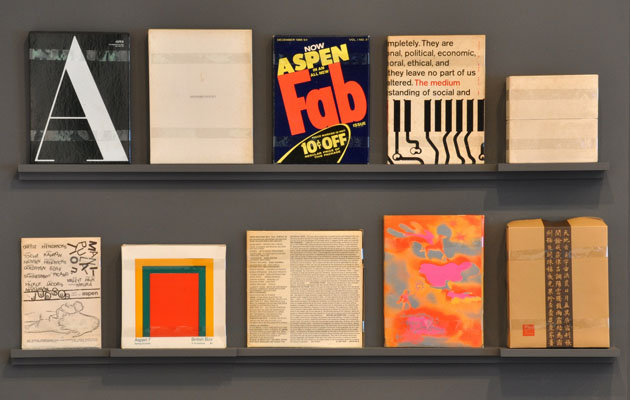
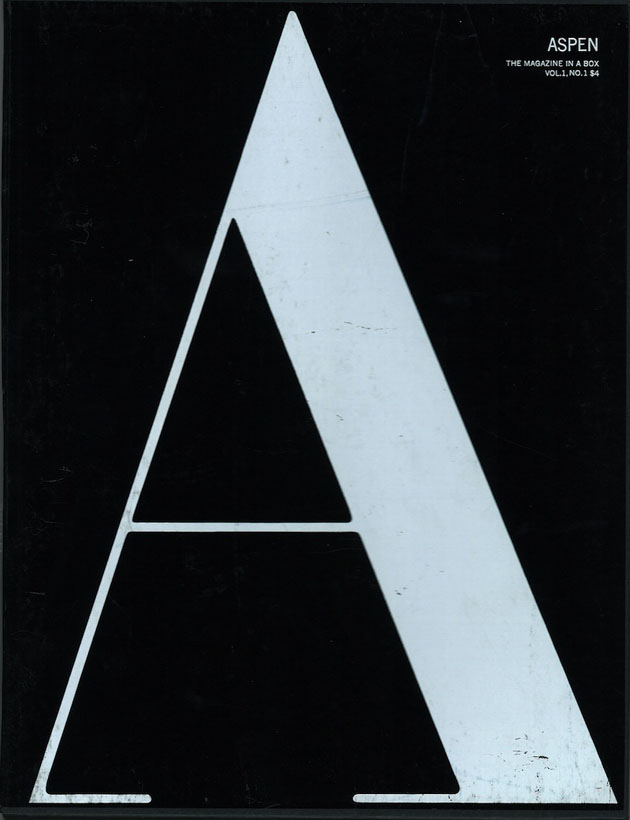
Aspen first started as a magazine about “the civilized pleasures of modern living, based on the Greek idea of ‘whole man’”. It evolved during the years in one of the most innovative avant-garde publications. Johnson, a fashion journalist and editor for “Woman’s Wear Daily” and “Advertising Age”, wanted to create a publication boundless of the traditional physical support of a magazine. With this idea in mind, all the issues published, 10 in all, Aspen was published in a different form every time, according to the content it was supposed to carry.
More or less, this form always corresponded to some kind of box containing different material, from reels of Super 8 film, flexi discs, posters, small leaflets, ticket books etc. While the first two issues revolved around life in Aspen, the following ones were guest edited by some of the most influential artist, critics, writers, entirely dedicated to topics such as Pop-Art, Performance Art, psychedelia or Asian art among others. As Emily King said, Johnson “had little time for style” and her interests “centred on the ideas-heavy end of the contemporary art spectrum”. Hence the issues were guest curated by Andy Warhol and David Dalton, Quentin Fiore, Brian O’Doherty, Jon Hendricks, Dan Graham, Mario Amaya, Angus and Hetty MacLise, while the list of writers and contributors includes John Cage, Yoko Ono, Marcel Duchamp, William S. Borroughs and David Hackney among others.
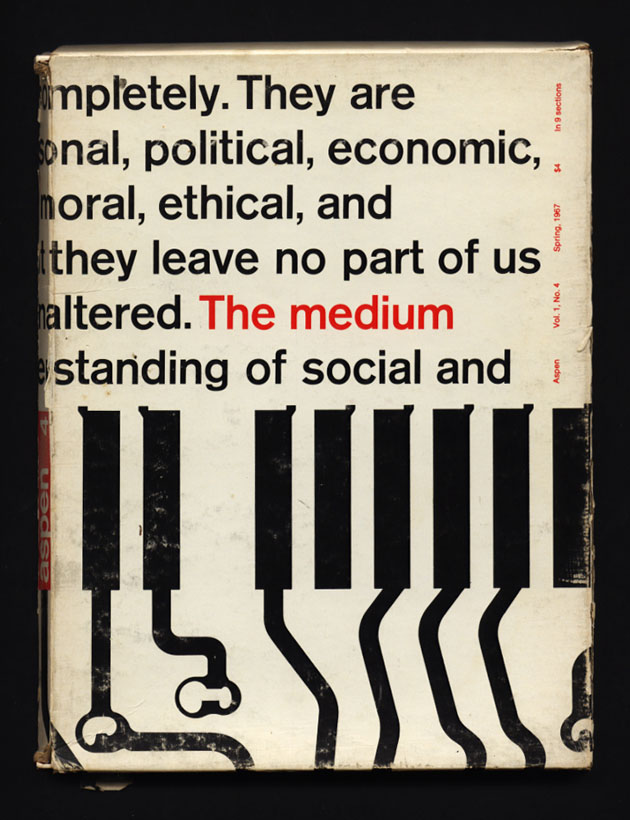
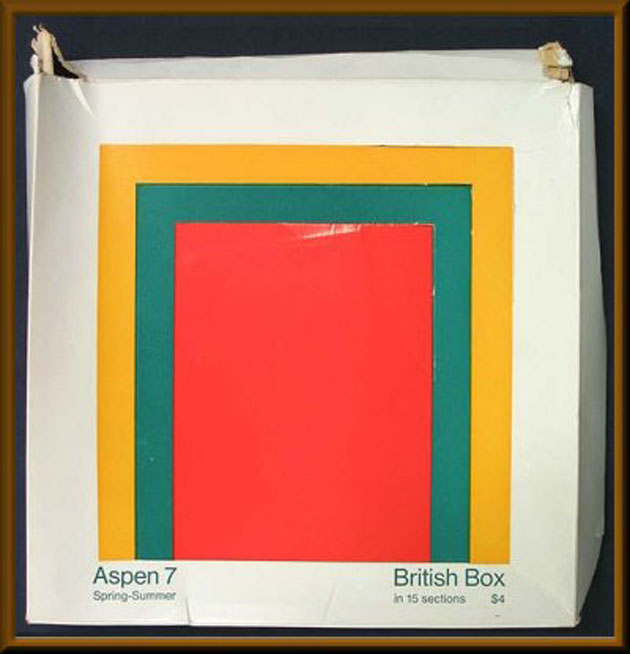
While the openness and flexibility of Aspen Magazine might be directly linked to its downfall, nonetheless it should serve as a reference point for contemporary magazine lovers. A show running at Whitechapel Gallery in London until the 3rd of March, is paying a tribute to Aspen Magazine that paved the way for future art publishing.
